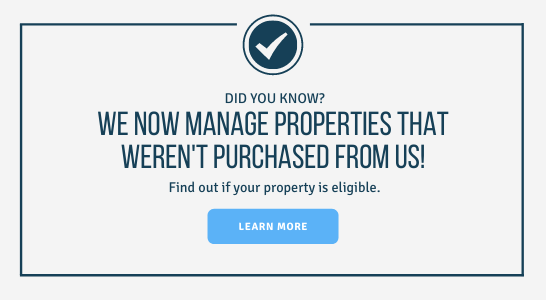.jpg?width=251&height=377&name=Blog%20(78).jpg)
What made you immediately decide not to buy something you were considering? A bad review? A greater expense than anticipated? Unfortunately for us real estate investors, there are no reviews for potential properties. Thankfully, there are red flags that help us know when a real estate deal is less than ideal.
Turnkey investors have an advantage here – their turnkey partners have plenty of experience identifying and vetting ideal investment properties. But that doesn’t mean you’ll always go this route. Regardless of your investment strategy, it’s good to know what red flags to look for…if only so you can ask informed questions!
9 MAJOR Red Flags When Buying Property
Red Flag #1 – High-Risk Renovations are Necessary
Renovations fall into two categories: low-risk and high-risk. This isn’t to say the renovation itself is risky but that it is harder to gauge the cost. For example, a low-risk renovation is new paint. You can easily calculate how many cans of paint you’ll need, what it will take to hire painters, and so on. It’s doubtful a painter will uncover some hidden problem that costs a lot more to deal with! A high-risk renovation involves things like mold, foundation problems, or crawlspace encapsulation. Not only do these tend to be more costly to do, but there’s potential for more extensive issues to become evident. That makes it very hard for an investor to accurately gauge costs.
Red Flag #2 – Out of Code Construction
Beware if a property is particularly old or has DIY renovation work. Older homes can fail to meet modern building codes. Improper renovations can also cost a lot to fix. Both are a liability for you and potentially dangerous for your rental residents! Regardless of the renovation being done, you’ll have to bring it up to code if you encounter one of these issues.
Red Flag #3 – Signs of Deferred Maintenance
As investors, we know how critical diligent maintenance is in preventing costly repairs and snowballing property issues. If there are indications the property hasn’t been well-kept, beware! If the proverbial can is kicked down the road for a moisture issue, you may face rotten beams and much more challenging deterioration.
Red Flag #4 – Inconsistent or Incomplete Information
Sellers or agents who provide inconsistent or incomplete information about the property or local market might be hiding something. Older properties might not have as extensive a paper trail, but do your due diligence to track down everything you can. The property’s age, roof, HVAC, instances of flood, etc., are all valuable to know. Verify all details independently and request comprehensive documentation.
Red Flag #5 – Sitting on the Market
How long has the property been on the market compared to the average? While properties are staying on the market longer now than in the past few years, inventory tends to move quickly. Compare how many days the property has been on the market to the average. While this isn’t always an indicator of a hidden issue, it’s worth considering.
Red Flag #6 – Overbearing HOAs
We’re all familiar with HOA horror stories. Maybe you’ve experienced one yourself! Obtain HOA bylaws before buying and ensure you have a complete picture of associated fees. They can be a nightmare to deal with, particularly when investing remotely.
Red Flag #7 – Haggling Over Cash for Repairs
Motivated sellers don’t usually want to delay the buying process to make repairs, so it’s common for buyers to negotiate for repair credits or a reduction in asking price. This isn’t a bad strategy for low-risk renovations, but in the case of costly repairs, the negotiated credit likely won’t be enough to cover the total expense.
Red Flag #8 – Pressure to Act Fast
Pressure from sellers or agents to make a quick decision can be a red flag. You’ll feel an added sense of urgency when the market is highly competitive. Take your time to conduct due diligence and avoid being rushed into a potentially bad deal.
Red Flag #9 – Lack of Local Amenities
When buying a property, you also want to consider the area. Individual investment markets are full of variety. How close are places of employment? What about local amenities? If a property is well-priced but inconvenient, it may not generate consistent income.
At the end of the day, do your due diligence. Don’t compromise on risk mitigation. Better to miss out on an opportunity than to take one you shouldn’t have!
Start investing with REI Nation today by tapping the button below.










.jpg)
.jpg)
